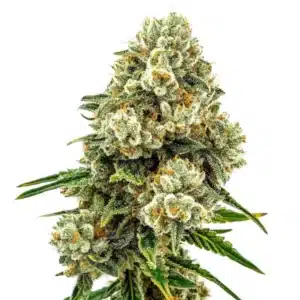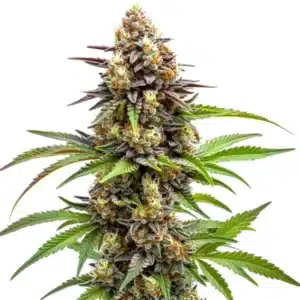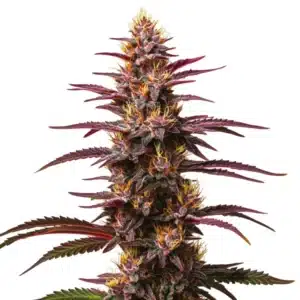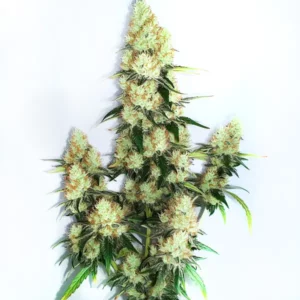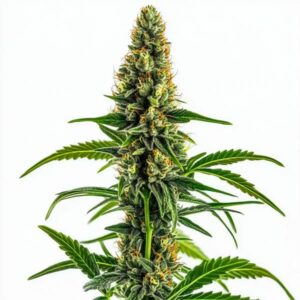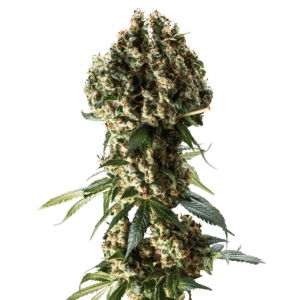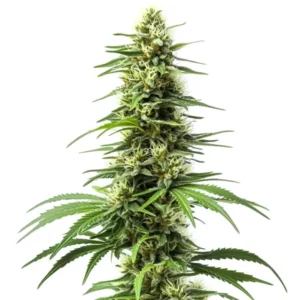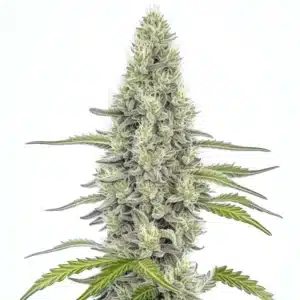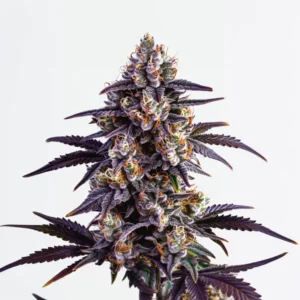
Natural Relief for Back Pain and Degenerative Disc Conditions
Back pain is a common condition that many individuals face. It not only disrupts daily routines but also has the potential to lower one’s quality of life. For those who experience degenerative disc conditions, the pain can be particularly intense. This condition arises when the discs, which act like shock absorbers in the spine, begin to deteriorate over time. As these discs lose their cushioning ability, it can lead to increased soreness, stiffness, and a decreased ability to move freely. Many individuals are now turning to a variety of methods seeking relief, including traditional medications, physical therapies, and alternative options like cannabis.
The Impact of Cannabis on Pain Management
In recent years, cannabis has been at the forefront of discussions regarding pain management. The two principal compounds, THC (tetrahydrocannabinol) and CBD (cannabidiol), interact with receptors in the body’s endocannabinoid system, which is crucial for regulating pain sensation and inflammation. Research indicates that these compounds may significantly alleviate pain, including chronic discomfort associated with back issues.
Recommended Strains
ACDC (1:18)
|
|
CBD | 18% (Medium) |
|
|
Type | CBD Feminized |
|
|
Yield | Medium |
|
|
Phenotype | 50% Indica / 50% Sativa |
Acid Diesel
|
|
THC | 18% - 20% (Medium) |
|
|
Type | Feminized |
|
|
Yield | Low |
|
|
Phenotype | 60% Indica / 40% Sativa |
For individuals seeking alternatives to conventional pain medications, cannabis presents a refreshing option. Unlike opioids that often come with addictive qualities and negative health implications, many users report that cannabis can help reduce pain while also offering mental and emotional benefits. As a result, more people are exploring cannabis usage as a way to lessen dependence on higher-strength pain medications.
THC and CBD in Pain Relief
THC is notably recognized for its psychoactive effects, which can lead to feelings of relaxation and euphoria. However, it also works by binding to the brain’s cannabinoid receptors, effectively diminishing pain perception. Contrarily, CBD lacks psychoactive effects and is celebrated for its anti-inflammatory properties, making it an excellent choice for reducing inflammation around degenerated discs in the spine, thereby alleviating discomfort.
Finding a well-balanced strain that combines both THC and CBD could provide the most comprehensive relief. Users often find that this blend not only alleviates pain but also helps in managing anxiety and stress, which can be particularly beneficial for individuals coping with persistent pain. It’s important to explore different strains and consult knowledgeable sources to ensure an optimal experience tailored to individual needs.
Promos & Deals
Strains to Consider for Back Pain Relief
If you are considering cannabis for back pain relief, several strains have gained a reputation for their effectiveness. Here are three popular choices that may be particularly beneficial for individuals with degenerative disc issues:
- ACDC: Renowned for its high CBD to THC percentage, ACDC is a preferred choice for those looking for pain relief without significant psychoactive effects. Users often report a soothing experience that helps with pain management while maintaining clarity.
- Blue Dream: As a hybrid strain, Blue Dream excels in providing a balanced effect. Users frequently describe a wave of relaxation paired with effective pain relief, making it suitable for those with chronic discomfort.
- Girl Scout Cookies: This strain is popular not only for its euphoric sensations but also for its substantial pain-relieving properties. It embodies a blend of relaxation and happiness, which can greatly enhance a user’s overall mood while alleviating pain.
The cannabis strain you choose can significantly influence your level of relief. Being aware of personal preferences and sensitivities is essential. It often helps to experiment with various strains and consult professionals at dispensaries to find the most suitable options for your particular needs.

Dosing and Administration Methods
The method of consumption plays a crucial role in how effective cannabis will be for managing back pain. Consumers have a variety of options to choose from, including smoking, vaporizing, ingesting edibles, or using oils. Each method has a unique onset time, which can greatly influence the relief experience.
Smoking or vaporizing can provide rapid relief, often allowing users to feel the effects almost immediately. This can be particularly helpful for addressing sudden spikes in pain. Conversely, edibles may take a bit longer—about an hour to two hours—but they usually offer longer-lasting effects, potentially making them a better choice for those seeking consistent relief throughout the day or during the night.
Potential Side Effects and Considerations
While cannabis can be an effective method for pain relief, it’s important to consider any potential side effects. Some common side effects that users might experience include dryness of the mouth, drowsiness, and occasional dizziness. For some, these effects may be subtle and manageable, while others may find them more pronounced.
It’s crucial for individuals with pre-existing health conditions or those taking other medications to consult with their healthcare provider before utilizing cannabis as a treatment method. A healthcare professional can provide valuable insights to help ensure that cannabis is safe and appropriate for each individual’s unique health circumstances.

Long-Term Use and Dependency
Long-term usage of cannabis raises essential discussions about dependency. Research suggests that physical dependency is less common with cannabis compared to other traditional pain relief options. However, that doesn’t mean it can’t happen, so users should remain aware of their consumption habits and maintain open communication with their healthcare providers about their experiences.
As is the case with any medication or treatment, moderation is vital. Keeping track of how cannabis affects both pain levels and general well-being empowers users to make informed choices about their treatment plans. Reflecting on personal experiences can also lead to better outcomes when it comes to pain management.
Integrating Cannabis into Your Pain Management Plan
Incorporating cannabis into an existing pain management routine may require a few adjustments. A helpful approach is to document your pain levels, preferred cannabis strains, and consumption methods. This not only aids in identifying what form of relief works best for you but also allows for necessary adjustments over time.
Partnering with a healthcare professional who possesses knowledge about cannabis can greatly enhance the process. They can offer personalized guidance on dosing, selection of strains, and any medical considerations to keep in mind. By combining cannabis with other supportive therapies—such as physical therapy, regular exercise, and nutritious eating habits—you can create a more holistic treatment strategy for overall health improvement.
Palliative Care and Cannabis
For individuals enduring severe pain related to degenerative disc diseases, exploring palliative care approaches may provide additional avenues for relief. Palliative care focuses on comfort and improving quality of life, in which cannabis may play a significant role in the treatment plan.
Adopting a multidisciplinary approach to pain management can yield remarkable results. Whether incorporating therapies like acupuncture, chiropractic treatments, or cannabis, establishing a supportive network can lead to enhanced outcomes and greater satisfaction in managing pain.

FAQs
What are Cannabinoids?
Cannabinoids are natural chemical compounds found in the cannabis plant. The most prominent cannabinoids include THC and CBD, which exert distinct effects on the body. While THC is psychoactive and induces a “”high,”” CBD is non-psychoactive and is admired for its potential anti-inflammatory effects.
Understanding the roles of these cannabinoids can make it easier to tailor your cannabis experience to your individual needs. Whether you’re seeking psychoactive effects or purely medicinal benefits, knowing the differences will help you make more informed decisions.
Can I use cannabis if I’m on other pain medications?
It’s imperative to consult a healthcare professional before using cannabis alongside other medications. A medical expert can assess your specific conditions and discuss any potential interactions, ensuring that cannabis is a safe addition to your pain management strategy.
Open dialogue with your healthcare provider can promote informed decisions and optimize your overall treatment plan, combining the best of both traditional and alternative therapies.
How do I know which strain to choose for back pain?
Each cannabis strain possesses unique effects rooted in its distinct cannabinoid profile. Researching strains known to relieve pain and considering your personal preferences for THC versus CBD levels can significantly guide your selection.
Engaging with knowledgeable staff at dispensaries can also provide insights, helping you navigate through the various options available to find a strain that aligns with your needs for managing back pain.
Are there any non-psychoactive options available?
Absolutely! Many cannabis strains feature minimal THC and a high concentration of CBD, rendering them non-psychoactive. Strains like ACDC are particularly reputed for delivering effective pain relief without the intoxicating effects associated with THC.
This makes such options ideal for individuals who desire therapeutic benefits from cannabis while remaining clear-headed and functional in their daily activities.
How should I start using cannabis for back pain?
Begin by experimenting with low doses to understand how your body responds to cannabis. Utilizing methods like vaporizing or oils can offer controlled dosages while still providing effective relief.
Keeping a journal of your experiences can be beneficial. Documenting your dosage and methods can help you determine what best meets your needs, ensuring that you find the most effective solution for your back pain.



